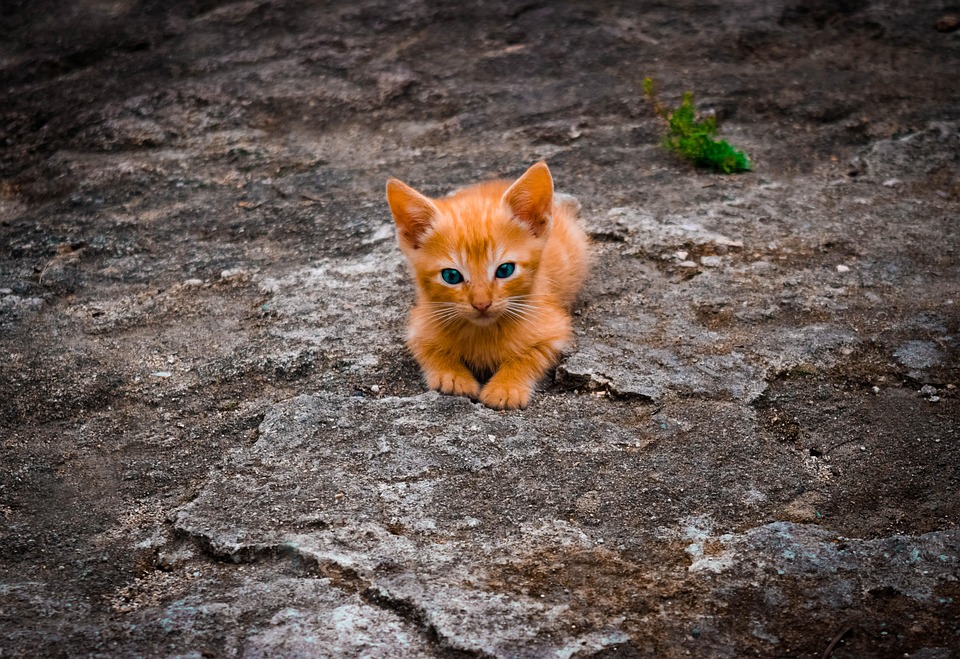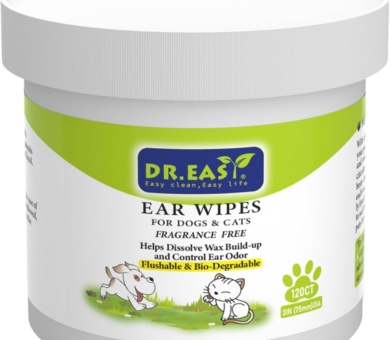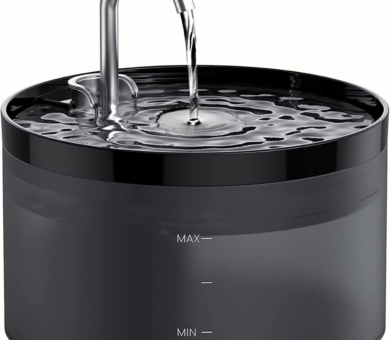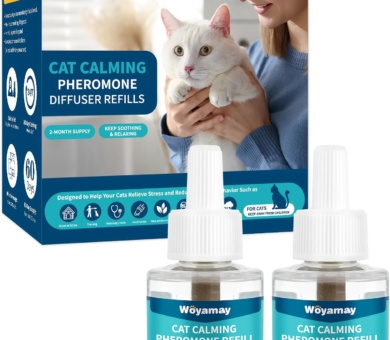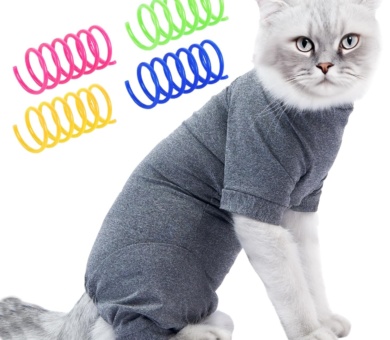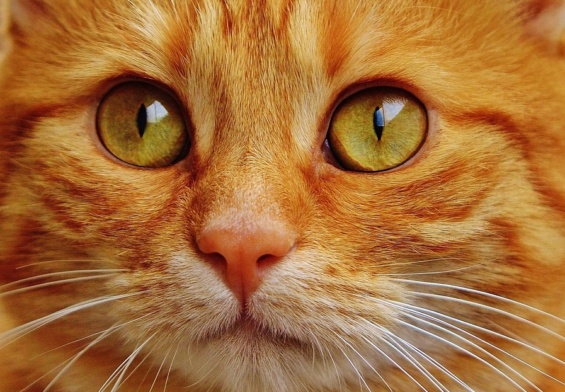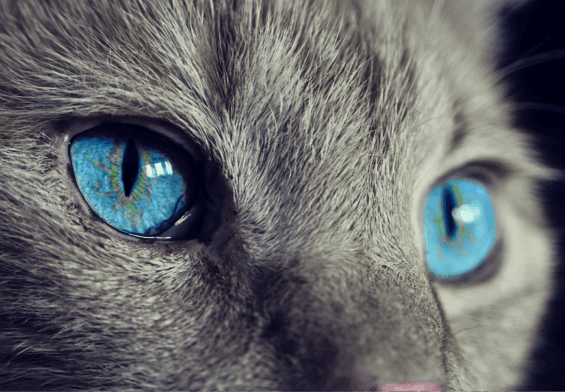Beyond Kibble: Enhancing Your Cat’s Diet with Supplements in Spring 2025
Introduction: The Evolution of Cat Diets
In 2025, cat nutrition has transcended the era of one-size-fits-all kibble. As pet owners become increasingly attuned to their feline companions’ unique needs, the focus has shifted toward personalized, holistic diets. Supplements, once an afterthought, now play a pivotal role in bridging nutritional gaps and addressing specific health concerns. This spring, advancements in veterinary science and sustainable innovation are redefining how we support our cats’ vitality.
Why Supplements? Understanding the Gaps in Feline Nutrition
Even premium commercial diets may fall short in meeting all of a cat’s needs. Factors like age, breed, health conditions (e.g., kidney disease or arthritis), and lifestyle (indoor vs. outdoor) create varying nutritional demands. Supplements offer targeted support, enhancing immunity, digestion, and longevity. For instance, while taurine is added to most kibble, some cats—particularly seniors or those with heart issues—may require additional doses.
Key Supplements for Cats in Spring 2025
-
Omega-3 Fatty Acids:
Sourced from algae or sustainably harvested fish oil, these reduce inflammation and promote a glossy coat. New 2025 formulations boast higher bioavailability, ensuring better absorption. -
Probiotics and Prebiotics:
Breakthroughs in microbiome research have led to feline-specific strains that combat diarrhea and improve nutrient uptake. Post-antibiotic care now often includes tailored probiotic regimens. -
Joint Support (Glucosamine & Chondroitin):
With 33% of cats over 12 suffering from arthritis, liquid and chewable joint supplements are in demand. Look for products enhanced with MSM for added anti-inflammatory benefits. -
Vitamins and Minerals:
Vitamin E and B-complex supplements address deficiencies, while balanced calcium-phosphorus ratios support urinary health—a common concern for indoor cats. -
Taurine:
Essential for heart and eye health, synthetic taurine supplements are now more efficient, with nano-encapsulation technology ensuring optimal delivery. - Antioxidants:
Lutein and astaxanthin, derived from marigolds and microalgae, combat oxidative stress, bolstering immunity in aging or immunocompromised cats.
Emerging Trends in Feline Supplements for 2025
- Personalized Nutrition: DNA testing kits (like “FelineGen”) analyze genetic predispositions, allowing vets to recommend bespoke supplement blends.
- Sustainable Options: Plant-based omega-3s and lab-cultured collagen reduce environmental impact without compromising efficacy.
- Advanced Delivery Systems: Flavored gels and microencapsulated powders seamlessly integrate into food, easing administration for finicky eaters.
How to Safely Introduce Supplements
- Start Slow: Introduce one supplement at a time to monitor reactions.
- Consult Your Vet: Ensure compatibility with your cat’s health profile and current diet.
- Opt for Quality: Choose products with USP or NSF certification to avoid fillers.
Potential Pitfalls to Avoid
- Over-Supplementation: Excess vitamin A or D can be toxic. Always follow dosage guidelines.
- Human Supplements: Avoid sharing your vitamins—many contain ingredients harmful to cats.
- Ignoring Diet Basics: Supplements enhance, but don’t replace, a balanced diet.
Conclusion: A Balanced Approach to Feline Wellness
As we embrace spring 2025, the fusion of science and sustainability empowers cat owners to elevate their pets’ health thoughtfully. By integrating targeted supplements with veterinary guidance, we pave the way for longer, livelier lives for our feline friends. Remember, the future of cat nutrition isn’t just about what’s in the bowl—it’s about crafting a tailored wellness journey, one paw at a time.
Always consult your veterinarian before introducing new supplements to ensure they align with your cat’s unique needs.



